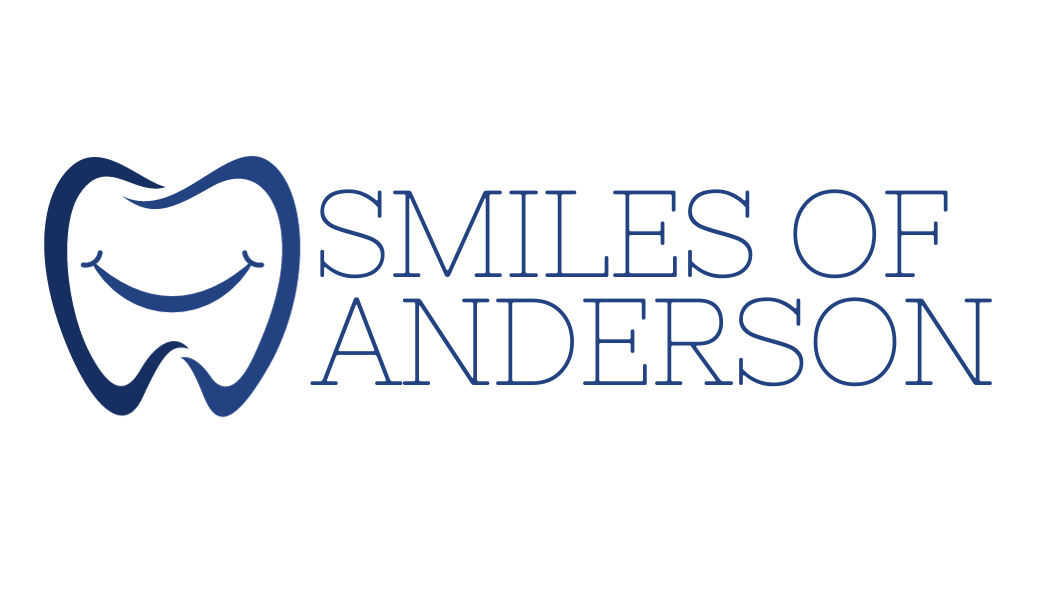Options for Replacing a Tooth
There are three viable options to replace one or more teeth. The oldest method is a removable partial denture ( also called a removable bridge). It consists of a metal framework with metal clasps that retain it in the mouth. The teeth are made of plastic or porcelain that are embedded in a plastic material that is attached to the metal framework. These appliances are removable and therefore cannot be tightly fitted to the gum and teeth as it would cause denture sores in your mouth and the teeth would hurt. It could also cause teeth problems if it is to tight. After you eat, they will have to be removed and cleaned as they will possibly have food stuck to them. Since they are removable, they also move slightly when you chew and therefore make it harder to cut through certain foods. These appliances were the mainstay of dentistry up until the 70’s when fixed bridgework became more affordable with the advent of dental insurance. They are still the least expensive option but, as you can see, have there own set of problems. The teeth wear out or fracture and have to be replaced, the metal can be bent if not handled properly, the real teeth can get decay if the food is allowed to stay where it collects around the partial and gum disease can occur if the trapped food is not cleaned away. In addition, the can collect odors if not cleaned regularly and properly. Many of the partial denture patients have chosen to go to the other options to avoid these problems and have the feel of real teeth so that they can chew better.
The second option is fixed bridgework ( cemented or bonded), A bridge is just like it sounds, there is a bridge built between two teeth to replace one or two missing teeth. Going beyond replacing two teeth in one bridge will cause fracture of the bridge and so is contra-indicated. The bridge can be made out of metal and porcelain, all-metal or all-porcelain. They can be bonded if it is all porcelain but need to be cemented if made of the other materials. I mention this because bonding is superior to cementation since the cement can dissolve in time and the bonding in not soluble in saliva. Fixed bridges are not removable but still must be properly cleaned or problems come up. The problems that you can have with a fixed bridge are decay, gum disease, and fracture. Gum disease and decay are self-inflicted by improper oral hygiene. Decay can also occur if certain medications are taken that cause a dry mouth or an acid environment. Fracture of a bridge is the least common problem but it does happen. If there is decay or fracture, the bridge has to be redone. They are the 2-3 times more expensive than a removable partial denture but are far more reliable over a 25 year period. A partial will have numerous repairs in a 25 year period whereas a fixed bridge does not. Food can get caught under the bridge and have to be flossed out but far less food is trapped under a bridge than around a partial denture.
The third option is an implant that is used to totally replace the missing tooth or teeth. It consists of a titanium “root” being placed into the bone space of the missing tooth and then a post and crown are placed on the titanium root to complete the replacement. It is 150% stronger than the tooth it replaces and so adds strength to the mouth, unlike the other two options. The problems associated with the implant is mainly gum disease. They rarely fracture, in fact, I have had only one implant fracture since we started doing them in 1989. We have done hundreds of implants since 1989 and found them to be the most reliable option and they feel like real teeth. Patients with implants can eat a normal diet so do not have to decide what to order because they can chew all foods. Implants are more expensive than either of the other two options but are the most “permanent” restoration you can put in your mouth. They do not decay or fracture, so all you have to do is take proper care of your teeth and gums.
